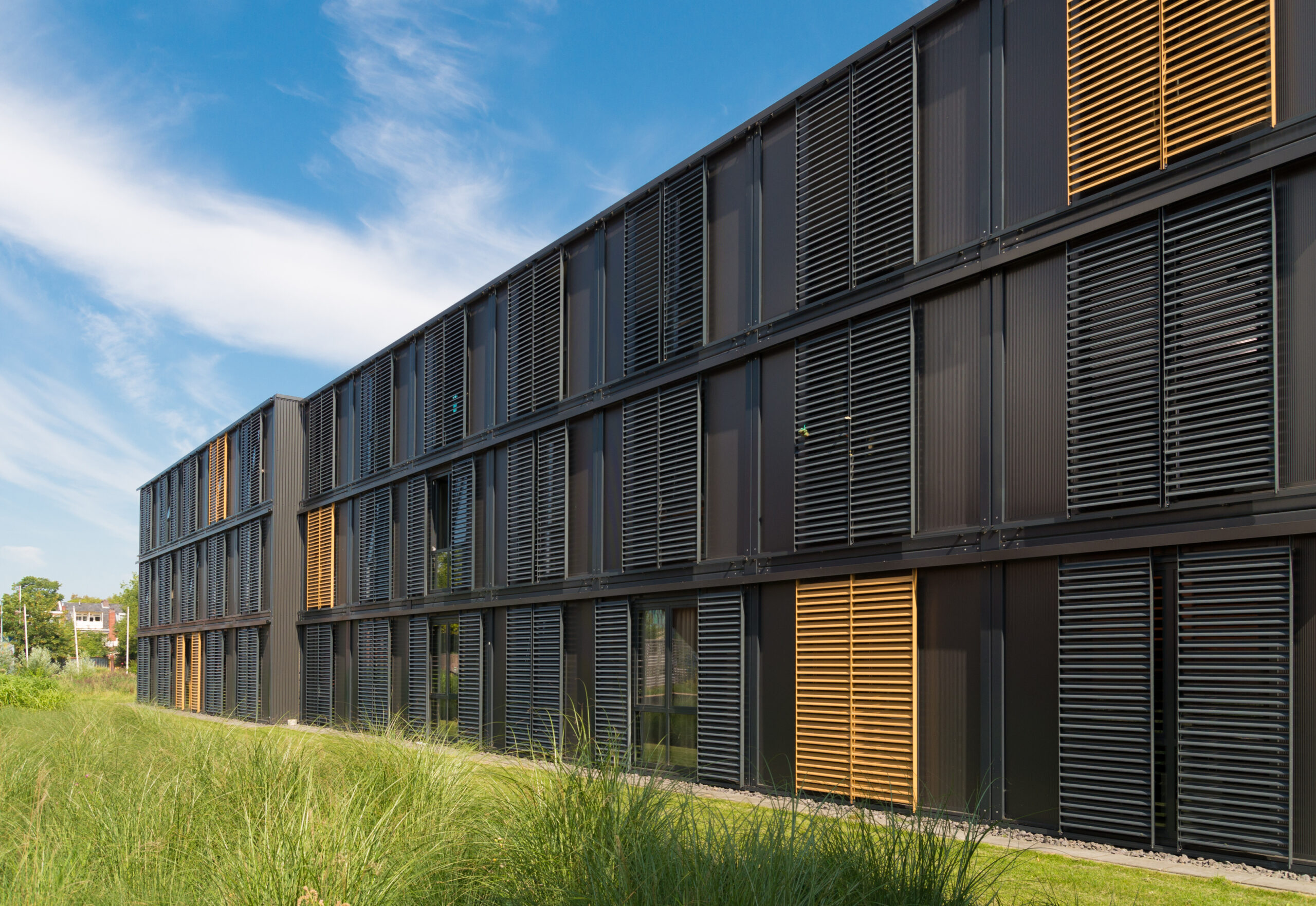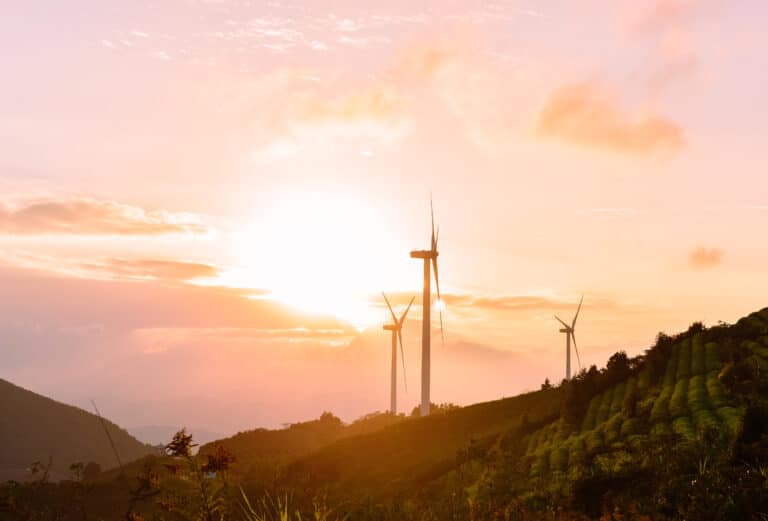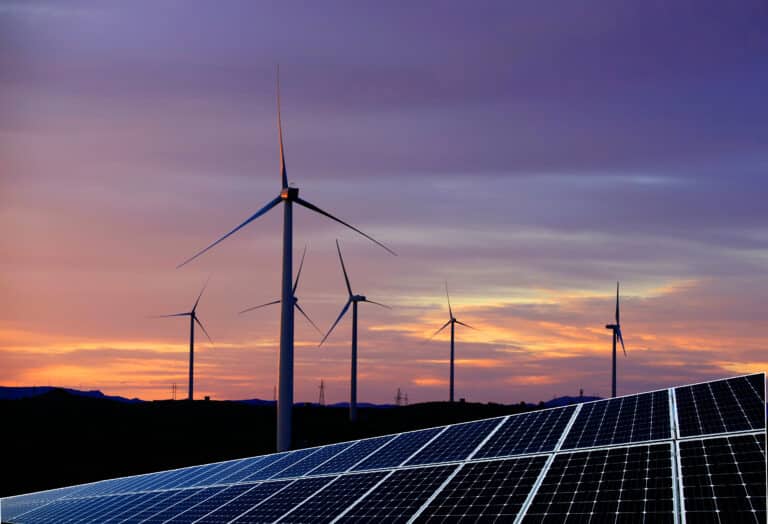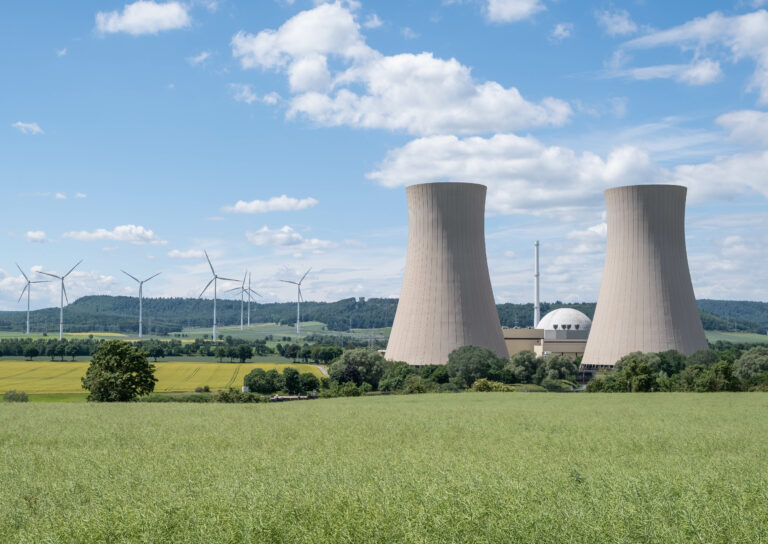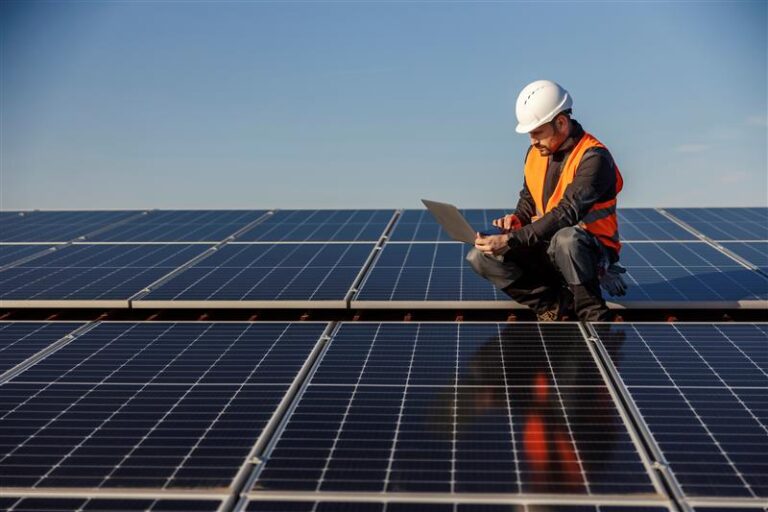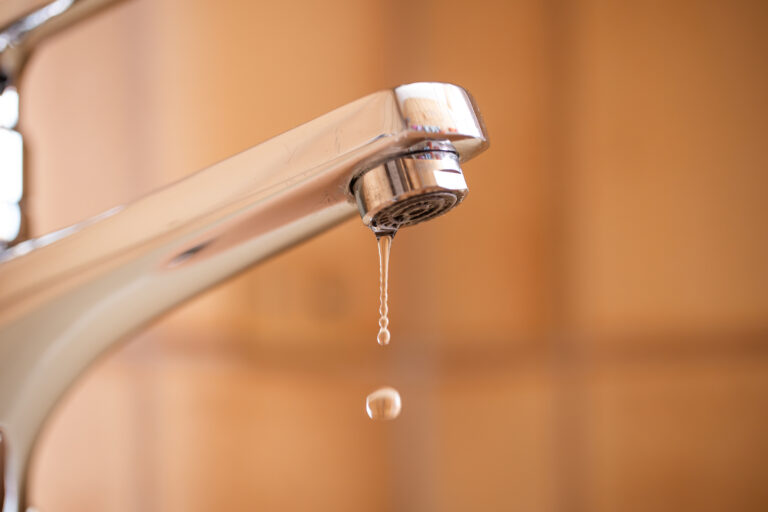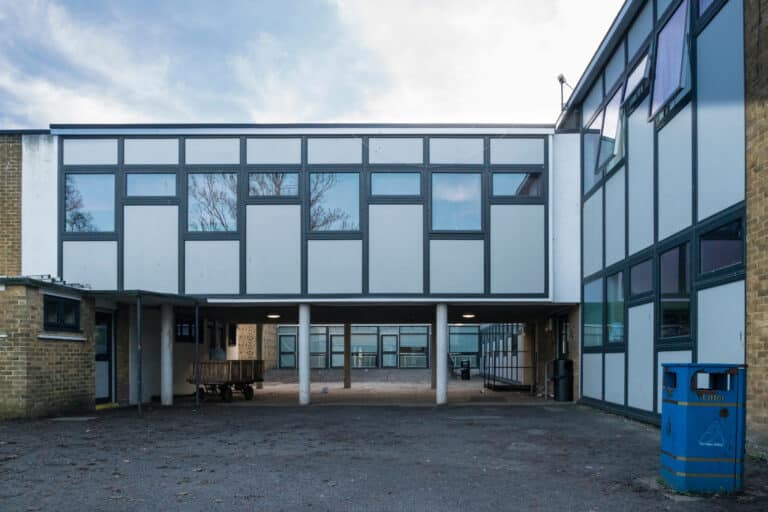Following the third UK heatwave this summer, the demand for cooling in buildings continues to increase. However, conventional air conditioning systems are often energy-intensive and environmentally costly.
Low-energy cooling solutions that work with nature, rather than against it, reduce reliance on mechanical cooling while maintaining thermal comfort. The result? You’ll reduce carbon emissions, save on operational costs, and create healthier indoor environments. Here’s how you can get started.
Harnessing ambient night air
One of the simplest and most effective strategies is free cooling, which uses the naturally cooler outdoor air, particularly at night, to flush out the heat stored in buildings during the day.
This can be done in two main ways:
- Natural ventilation: Strategically placed openings, such as windows, vents, or louvres, allow cool air to enter and warm air to exit. When designed correctly, this creates a natural airflow that cools indoor spaces without using fans or compressors.
- Mechanical ventilation: In buildings where natural airflow isn’t sufficient, low-energy fans can be used to draw in cool night air and expel the warm indoor air. These systems are especially effective when paired with smart controls that monitor indoor and outdoor temperatures to maximise efficiency.
Passive external cooling
Passive design strategies start on the outside of the building, focusing on reducing the amount of heat that enters the building in the first place. This includes:
- Shading devices: Overhangs, canopies, or external louvres can block direct sunlight from hitting windows and walls, significantly reducing solar gain.
- Reflective surfaces: Using light-coloured or reflective roofing and cladding materials can help bounce solar radiation away from the building.
- Green facades and roofs: Vegetation absorbs sunlight, provides insulation, and cools the surrounding air through evapotranspiration.
Natural convection
Since hot air rises, buildings can be designed to take advantage of this through stack ventilation, where warm air naturally flows upward and exits through high-level openings, drawing in cooler air from below.
Features that support this include:
- Atriums or ventilation shafts that act like chimneys to vent hot air.
- Louvered windows or openings placed high on walls or roofs to enable hot air to escape.
This principle can be amplified by building thermal mass, such as concrete floors or walls, which absorb heat during the day and release it at night when temperatures drop.
Louvered windows
Achieve smart ventilation with shading, privacy and control with louvered windows. They can be adjusted to direct breezes into specific areas and can remain open in light rain, making them especially valuable in temperate or tropical climates.
When used alongside thermal sensors or automated controls, louvered systems can be programmed to open at night or during cool periods, then close when external temperatures rise, combining passive performance with modern intelligence.
Keep your air con working efficiently
If you do choose to rely on your air conditioning system, make sure you keep your system regularly maintained to ensure it is working as efficiently as it is.
A TM44 inspection is required every five years for systems that exceed 12kW or consist of individual units less than 12kW, but whose combined effective rated output exceeds 12kW.
The inspection examines the refrigeration, air and water movement equipment that are part of the air conditioning system and associated controls. The report will make recommendations for improving efficiency, reducing electricity consumption and carbon emissions, and decreasing operating and maintenance costs.
Staying cool at home
There are some simple ways to help your home stay as cool as possible too!
- Turn off unnecessary heat emitters e.g. lighting, tumble driers
- Keep curtains, blinds and shutters closed during the day and open windows at night
- Use fans strategically, with bowls of ice water in front to cool the air
A holistic approach
No single method offers a complete solution on its own. The most effective low-energy cooling strategies combine passive design, ventilation, and intelligent controls tailored to the building’s use, orientation, and local climate.
As we move toward a net zero future, reducing the energy demand for cooling isn’t just a sustainability measure, it’s an economic and public health imperative. At Zenergi, we work with organisations across sectors to identify and implement tailored, low-carbon solutions that prioritise both performance and wellbeing.

